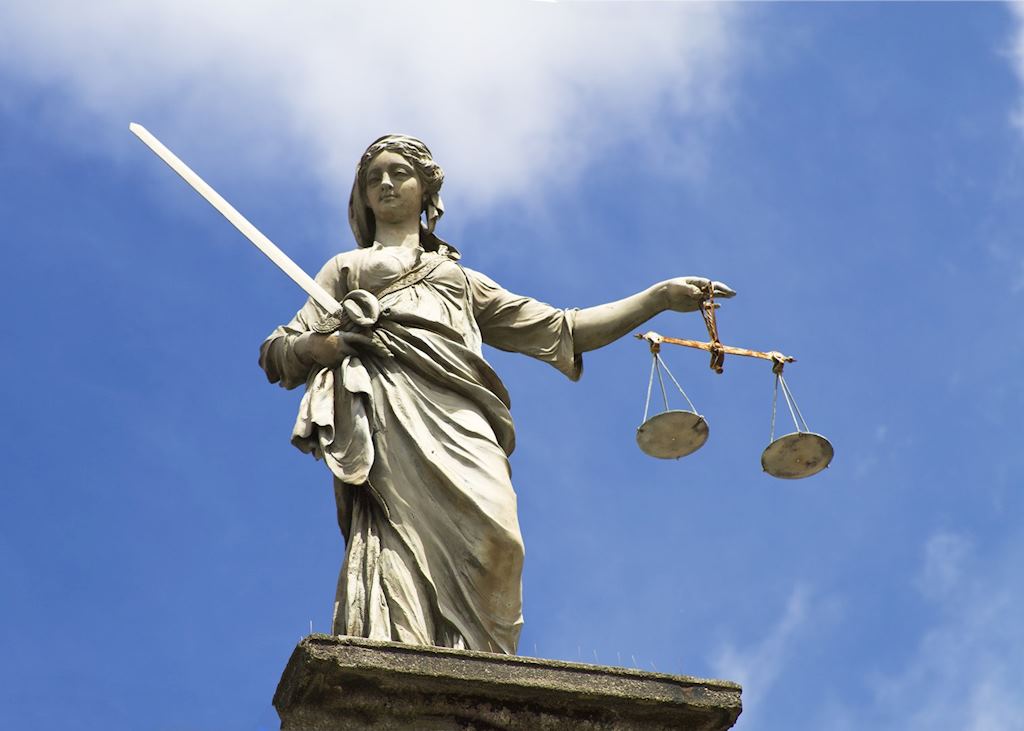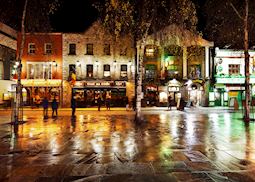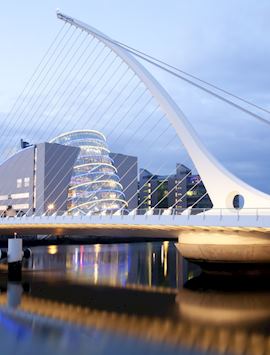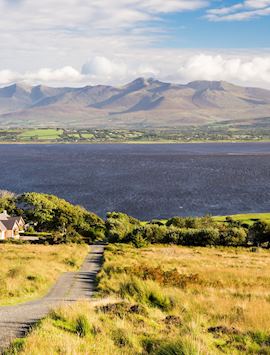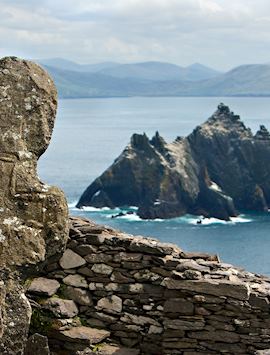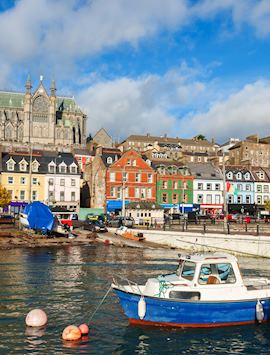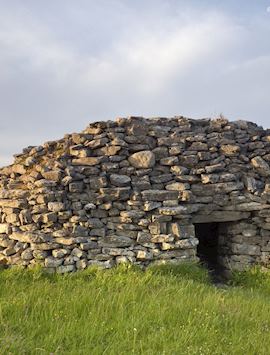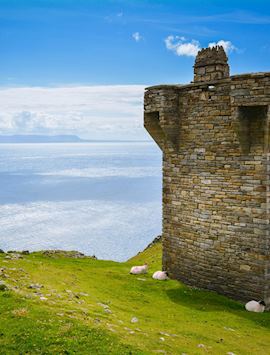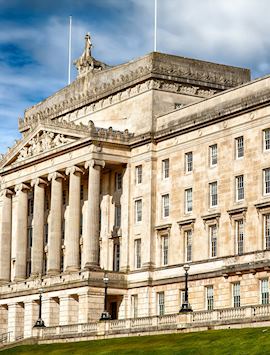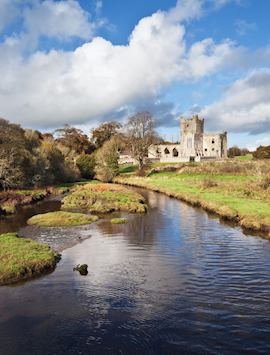A turbulent time when Irish Republicans stormed the city and seized control in rebellion against British rule, the 1916 Rising was a flawed attack but a highly significant moment in Irish history. It was followed by a six-day period of heavy fighting, which British forces eventually suppressed, brutally rounding up the Irish rebels and ordering a series of high-profile executions.
Although the rebellion had little public support when it began, hostility grew with each death and the Republicans gained significant support for their cause. This complex situation and seismic social shift is explained brilliantly on this engaging walking tour that brings the period to life.
Meet your specialist guide close to your hotel for this informative, private walking tour. Led by a published author and regular contributor to historical journals and international lecture series about the 1916 Easter Rising and subsequent Irish War of Independence, it’s a chance to get a deeper insight into the causes and consequences of this momentous time in Irish history.
After a short introduction set off on a trail that visits some of the key locations in this eventful week, learning about the political and economic situation at the time and why, initially at least, the rebels had so little public support.
Others were less patient and couldn't quite believe the British would ever give in to their demand for the establishment of an Irish Republic. It was a very divided time in Irish politics and everyday life and as you walk your guide brings this complicated social situation to life, visiting Trinity College, the former Citizens Hall and the General Post Office, where Padraig Pearse read out the Proclamation of the Republic.
Once the small band of armed insurrectionists had declared Ireland a republic, a series of violent clashes ensued with serious loss of life on both sides and many buildings destroyed. The tour explains the physical effects of the rebellion but also goes into the details of the personal relationships between key figures on both sides.
You can also visit Padraig Pearse's home and the memorial to another rebel leader, James Connolly, and learn about how the British reaction to the rebellion was their greatest mistake. After the rebels had been overpowered a series of secret courts martial were held with no defense offered to the rebels. Fifteen were executed by firing squad, including all seven signatories on the Proclamation. Public opinion changed radically in the aftermath and support for Sinn Féin, the Republican party, swelled.
The Irish War of Independence followed and eventually in 1921, the Anglo-Irish agreement, which led to the formation of the Free State the following year.
The tour ends in central Dublin after approximately one and a half hours. You can then join the group for a drink if you wish and discuss the historical importance of the Irish rebellion in more detail.

